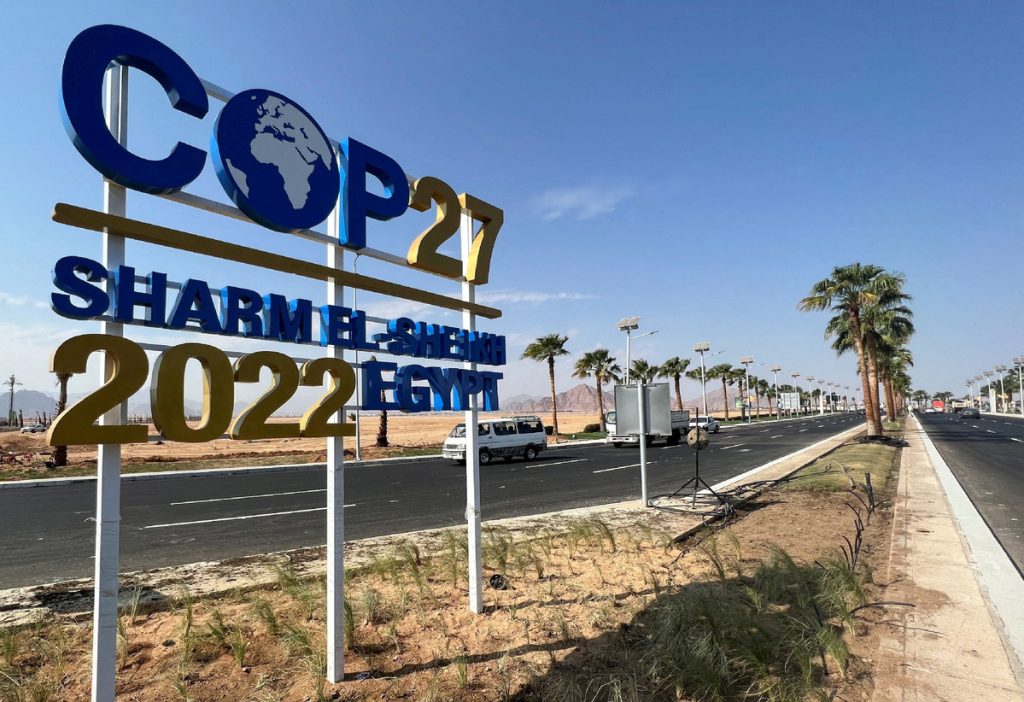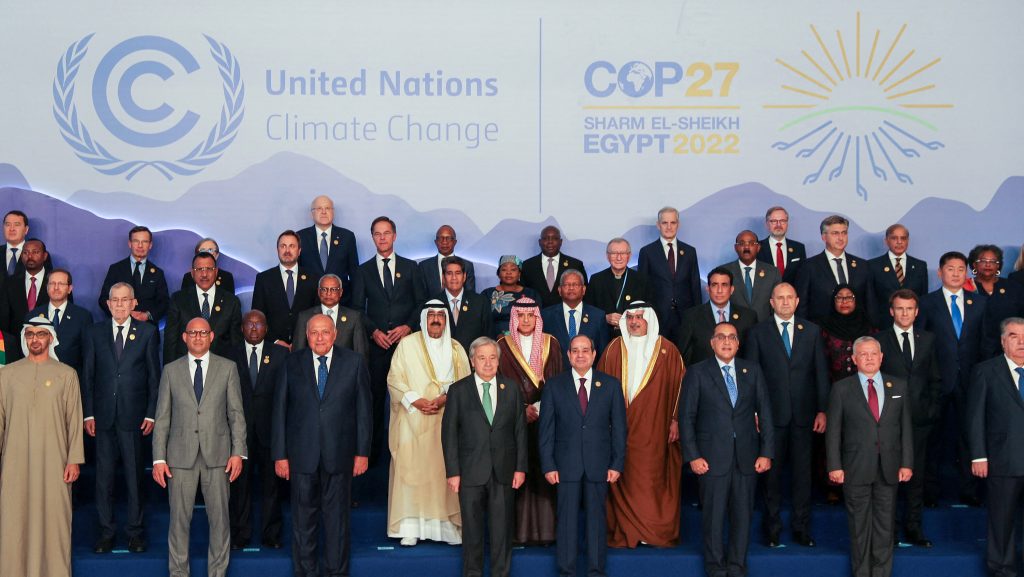International conferences and agreements are not like football matches. As COP27 came to end following an all-night session that lapsed over until the morning on Sunday, November 20, there was no scoreboard declaring the talks and agreements a success or not. Instead, the merits of commitments that were agreed to by countries across the globe, and importantly what was missing from these, are now being hotly debated. The significance of what was agreed to at the conference may only become clear in a matter of years, or even decades. With a specific focus on the Arab world, we thought we’d look into the top takeaways from the landmark climate conference.
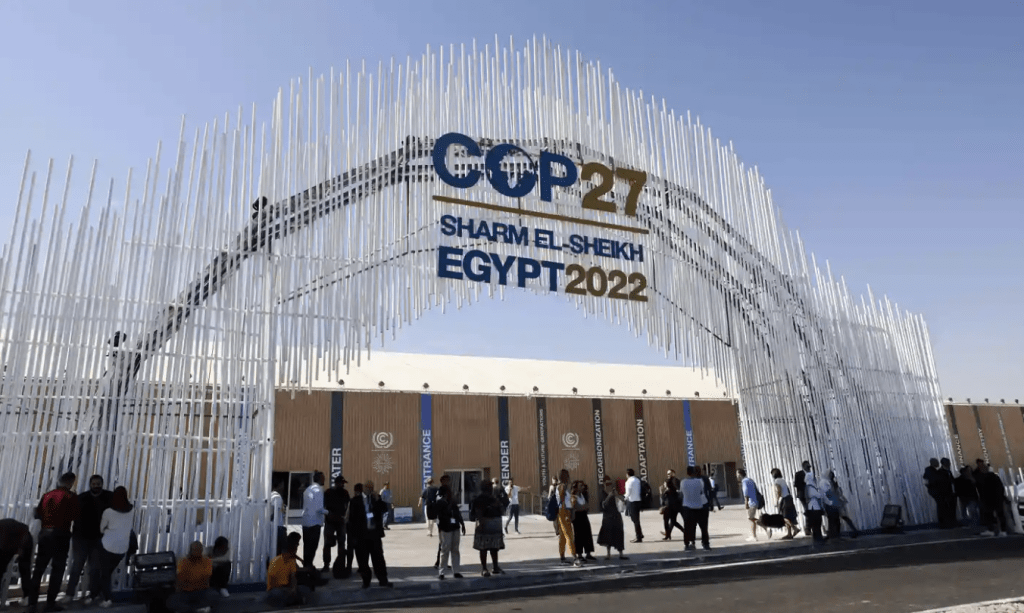
Loss and Damage Fund Marks Historic First and Opens Up Dialogue Around Climate Justice
The big headline of COP27 is the loss and damage fund for developing countries that has been repeatedly described as ‘historic’. The prime minister of Pakistan, Shehbaz Sharif, set the tone and laid down the arguments for a loss and damage fund early on in the conference by speaking about the tragic climate change-induced floods that recently ravaged his country. He told the conference hall that “We became a victim of something with which we had nothing to do, and of course it was a manmade disaster”. He went on to state that “Imagine on one hand we have to cater for food security for the common man by spending billions of dollars and on the other we have to spend billions of dollars to protect flood-affected people from further miseries and difficulties. How on earth can one expect from us that we will undertake this gigantic task on our own?”. The agreement that was finalised in the plenary session of the conference laid out the establishment of a fund for developing countries to deal with the immediate effects of climate change, accepting that the brunt of climate change is not felt equally and that richer nations have a duty to support poorer nations. This presents a historic break and reveals an antagonism between high-income and low-income nations that some climate activists see as a significant roadblock in the way of meaningful global action on the climate.
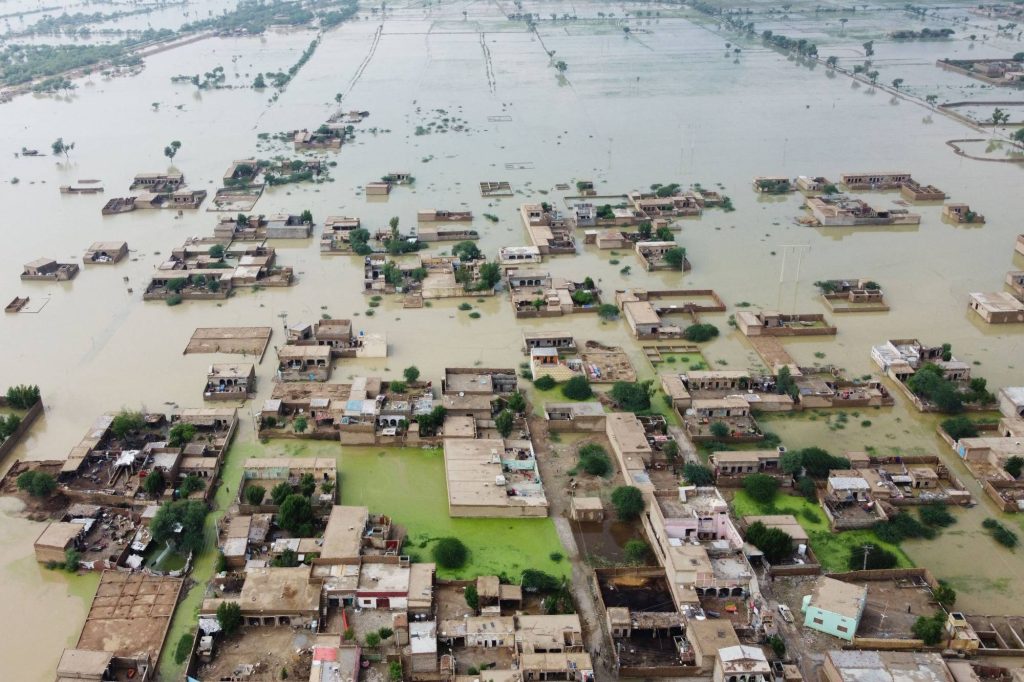
While some headlines, particularly in the West, have concentrated on the conference’s failure to further decarbonisation timelines and commitments, some environmental groups and nations from the Global South have emphasised how the damage and loss fund presents a historic and very important step in the fight against climate change. Mohamed Adow of the thinktank Power Shift Africa was quoted by the Guardian as stating “COP27 has done what no other COP has achieved and created a loss and damage fund to support the most impacted communities of climate change. This has been something which vulnerable countries have been calling for since the 1992 Rio Earth Summit”. How this new approach will relate to some of the Arab world’s richest nations is unclear, as many fall under the UN Framework Convention on Climate Change in 1992 as being developing, while the EU and others are arguing to update this 30 year-old set of classifications. However, for countries like Iraq that is under assault from multiple climate change-induced threats, from rising sea levels taking over the city of Basrah in the near future and drought decimating crops in the north, the damage and loss fund could be incredibly important. Egypt, Libya, Yemen, Jordan, and other Arab countries may similarly find cause to seek out the damage and loss fund as climate predictions and recent rare weather events paint a daunting future according to climate scientists.
Pledges to Prevent Global Warming Going Over 1.5 C. Fail to Materialise
Many environmentalists argue that at the heart of reducing climate change is a simple equation of reducing global emissions to reduce rising temperatures. However, while one of the main aims of COP27 was to build on pledges made in COP26 the year prior to reduce emissions, the conference in Sharm al-Sheikh came to an end with no concrete commitments to reduce emissions. Without the nations of the world recommitting to targets that had been agreed to a year before, some climate experts have expressed their concern that this lack of renewed focus to lead to countries further missing their decarbonisation targets.
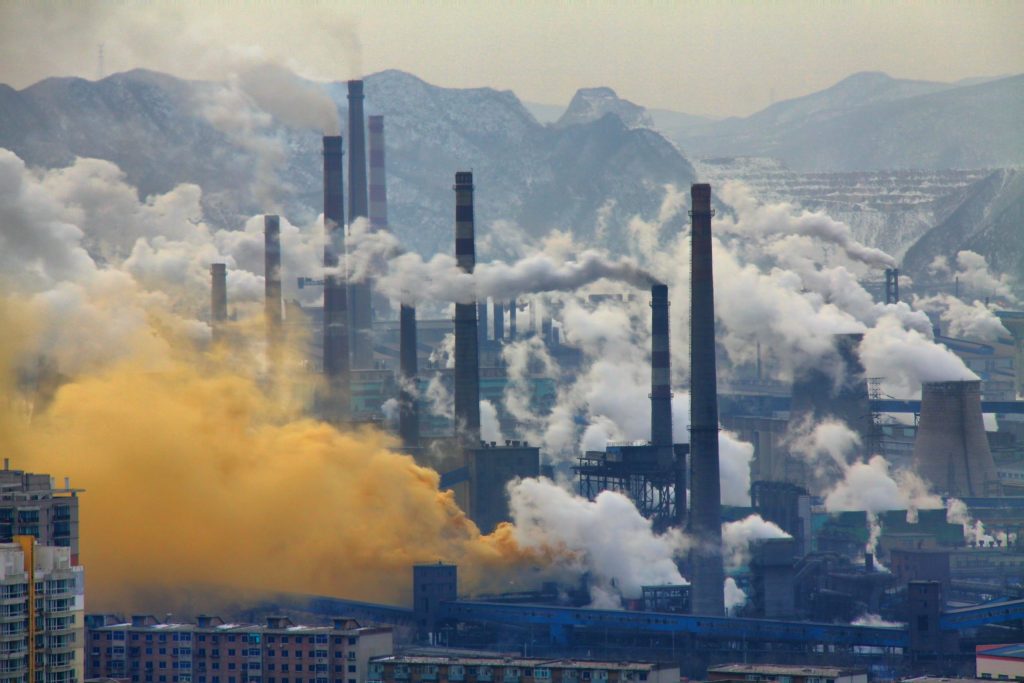
Many countries in the Arab region that have large oil revenues or are completely dependent on the export of fossil fuels were expected to come under immense pressure to leave much of their oil reserves under the ground. However, this expected pressure never fully materialised and the global economy’s reliance on fossil fuels seems set to continue for some time to come.
US–Russia & China Relations Take a Backseat as COP27 Defined by a Wrangle Between Higher-Income and Lower-Income Countries
Meetings of nations from across the world at UN conferences and G20 meetings have for the last years seemed to solely revolve around disputes between the US and its allies with either Russia or China. However, COP27 gladly did not revolve around who US President Biden did or did not shake hands with, but instead revolved more concretely around the climate. With the geopolitical contestation between the US and Russia and China mostly put aside, a new and arguably more important geopolitical division came to the fore. After months of lobbying by various developing countries, Egypt an important and vocal voice among them, COP27 was mostly defined by the relationship between high-income and lower-income nations. Reflecting this antagonism and frustration, the president of Palau Surangel Whipps, which is an island nation at risk of being totally submerged, told the conference that “You might as well bomb us, that might well have been an easier fate”. Mia Motley, the prime minister of Barbados, similarly commented on this unfair relationship between developed and developing nations by arguing defiantly that “We were the ones whose blood, sweat and tears financed the industrial revolution … Are we now to face double jeopardy by having to pay the cost as a result of those greenhouse gases from the industrial revolution? That is fundamentally unfair.”
In contrast to expectations of a US–China showdown that would consume the attention of the conference following rising tensions, the two countries actually held discussion that the Chinese special envoy for climate change, Xie Zhenhua, described as “very constructive”. It was reported that the two recommitted to previous agreements made at COP26 the previous year, and has set out a timeline for future meetings where the two countries, which the constitute the two most polluting countries, would collaborate to reduce their emissions.
This new framework positioning high-income and low-income states in opposite positions to understand the climate crisis and to develop solutions has the potential to give a greater voice to several Arab nations. With the incredible cost involved in any nation’s green transition and many countries in the region being chronically cash-short or in high levels of debt, we may see some Arab nations giving a greater helping hand to take on the financial burdens of such a transition.
Saudi High-Tech Solutions Met with Concern and Suspicion
Following COP26 in Glasgow, exactly a year ago, Saudi Arabia was met with criticism by its commitment to reach a target of zero net emissions by only 2060. With the world’s second largest proven oil reserves and its position as being one of of the world’s largest producers of oil, many environmental groups and a growing number of countries argue that for temperature rises above 1.5 degrees to be avoided, oil reserves have to be left in the ground. However, this year criticism by environmental groups has shifted towards the Gulf nation’s new approach dubbed as the “circular carbon economy”. This new approach relies on the continued production of oil whose emissions are to be offset by the controversial technology of carbon capture and storage, which essentially filters out pollutants from the air using large industrial fans. However, these technologies mostly remain unproven in terms of their scalability and the Guardian quoted the executive director of Greenpeace MENA, Ghiwa Nakat, criticising the solution as “illusions and false solutions that are a waste of time and money”. Taking a more encouraging note, however, Nakat went on to state that “It’s surprising that an innovator like Saudi Arabia should stick with oil when it would do better to make peace with the end of an era”.

“Humanity Has a Choice: Cooperate or Perish”
These are the words that UN General Secretary António Guterres started the conference with. Painting the image of a world currently on a “highway to climate hell”, he urged for all nations and delegates not to postpone or delay the important decisions that need to be made. Making clear the stark choice in front of us and how we have at most a decade to make the needed changes, he argued that “We are in the fight of our lives and we are losing … And our planet is fast approaching tipping points that will make climate chaos irreversible”.
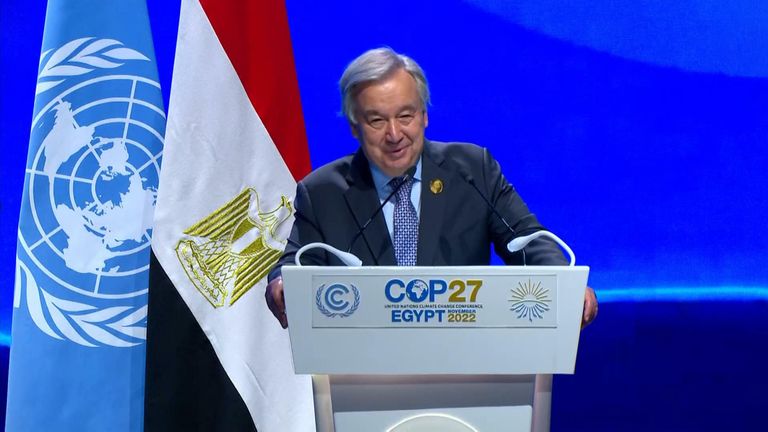
While Guterres began the conference stating that we “We can sign a climate solidarity pact, or a collective suicide pact”. Now following the end of the conference and the announcement of the agreements made, politicians and environmentalists are split as to what the lasting impact of the conference will be. While the loss and damage fund has been celebrated as potentially being a building block for an approach to solving climate change that in the future will be able to build an actual solution based on solidarity and climate justice, the lack of new climate commitments have been presented by some critics as a failure for nations to get serious about serious reducing emissions and avoiding the worst impacts of climate change.


